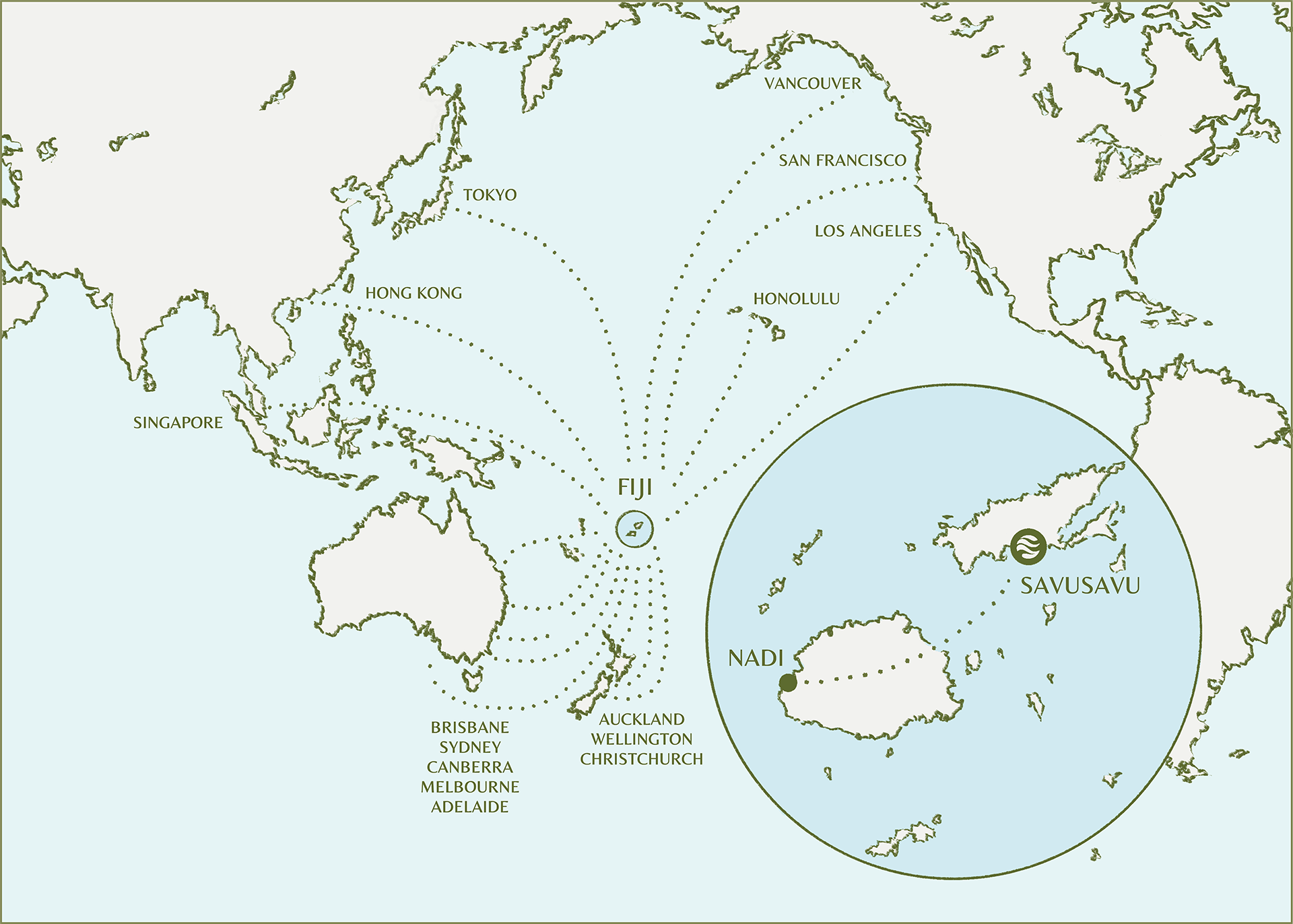STORIES
Rubber tree
Rubber tree
Characteristics
Large tree, up to 40 m tall (rarely up to 60 m). Trunk develops aerial and buttressing roots to anchor it in the soil and help support heavy branches. Broad, shiny, oval leaves (10-35 cm long and 5-15 cm broad). The younger the plant, the larger the leaves. As with other members of the genus Ficus, the flowers require a particular species of fig wasp to pollinate it in a co-evolved relationship. Because of this relationship, the rubber plant does not produce highly colorful or fragrant flowers to attract other pollinators.
Distribution
Native to eastern parts of South Asia and Southeast Asia. It has become naturalized in Sri Lanka, the West Indies and Florida. Ficus elastica is grown around the world as an ornamental plant, outside in frost-free climates from the tropical to the Mediterranean and inside in colder climates as a houseplant.
Natural Medical Properties
Did you know?
The “Rubber fig” yields a milky white latex which was used to make rubber. It should not be confused with the “Para rubber tree” (Hevea brasiliensis – Euphorbiaceae), the main commercial source of latex for rubber making. In both cases, the latex is an irritant to the eyes and skin and is toxic if taken internally.
Literature
World Flora Online
WorldChecklist of Selected Plant Families
A working list of all plant species
SUBSCRIBE
Stay up to date
To stay in touch and be inspired by our latest news & stories from Jean-Micheal Cousteau Resort Fiji, please register your interest.








